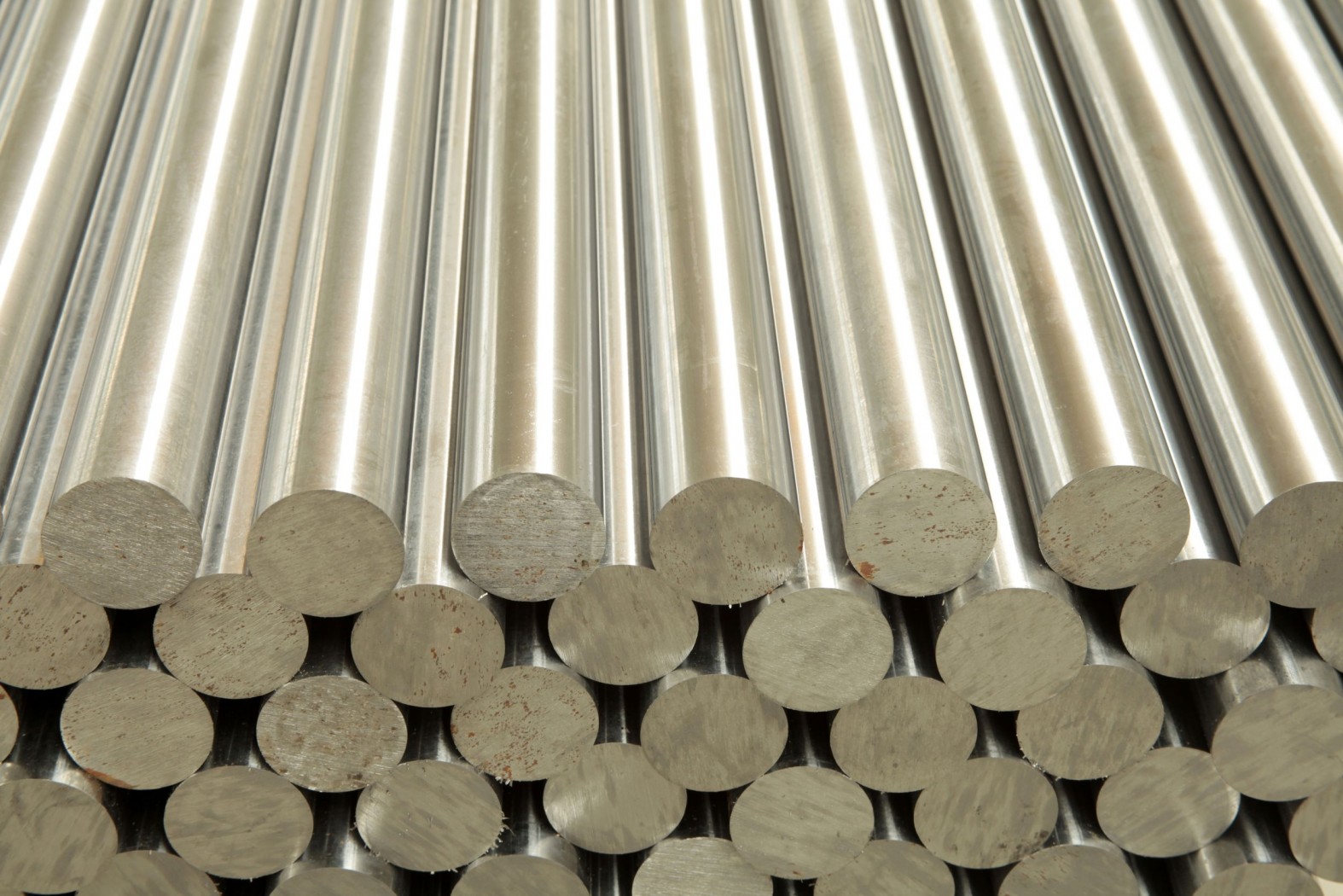Uncategorized
Inconel 625 Rods in the Oil & Gas Industry: Handling Extreme Environments
by Author
-
Friday, October 27, 2023
159 Views
The oil and gas industry operates in some of Earth’s most challenging and hostile environments. From offshore drilling platforms to high-pressure, high-temperature (HPHT) wellbore conditions, the equipment used in this industry must withstand a combination of corrosive elements, extreme temperatures, and intense pressure.
Inconel 625 rods have emerged as a reliable and indispensable material for addressing these challenges. In this blog, we’ll explore how Inconel 625 rods play a pivotal role in the oil and gas sector, helping to handle these extreme environments.
The Rigorous Demands of the Oil & Gas Industry
The oil and gas industry presents unique challenges for materials and equipment. Some of the key challenges include:
Corrosion: Corrosion is a constant threat in oil and gas operations due to corrosive substances such as hydrogen sulfide (H2S) and carbon dioxide (CO2). Severe corrosion can lead to equipment failure, leaks, and accidents.
High-Temperature and High-Pressure Environments: The industry often deals with HPHT conditions, which can stress and weaken materials over time. Equipment must maintain its integrity in these conditions to ensure safety and productivity.
Offshore Operations: Offshore drilling and production platforms are exposed to saltwater, extreme weather, and harsh marine conditions. Materials used in these settings must resist corrosion and withstand harsh environmental factors.
Inconel 625: The Material of Choice
625 inconel rods is a nickel-chromium-molybdenum alloy known for its exceptional resistance to corrosion and high-temperature environments. It is composed primarily of nickel (around 58%), chromium (20-23%), and molybdenum (8-10%), with the addition of other elements such as niobium and iron. These constituents combine to create a material that is ideally suited to the demands of the oil and gas industry.
Applications of Inconel 625 Rods
Inconel 625 rods are employed in various critical applications within the oil and gas sector:
Downhole Equipment: Rods are used in downhole tools and components, including tubing hangers, subsurface safety valves, and packers. These components are exposed to HPHT wellbore conditions and corrosive fluids.
Offshore Drilling: Offshore drilling equipment must withstand saltwater exposure, making Inconel 625 rods an excellent choice for marine risers and other critical components.
Process Piping: Inconel 625 rods are used in process piping systems to resist corrosion and ensure the integrity of pipelines that transport oil, gas, and other fluids.
Corrosion-Resistant Fasteners: Fasteners and connectors in the oil and gas industry must withstand harsh conditions. Inconel 625 rods produce corrosion-resistant
Fasteners, ensuring the equipment’s structural integrity.
Testing and Compliance
To meet the rigorous standards of the oil and gas industry, Inconel 625 rods undergo strict quality control measures, including corrosion resistance testing and compliance with industry-specific regulations and certifications.
Conclusion
Inconel 625 rods are a cornerstone in the oil and gas industry, offering exceptional corrosion resistance and the ability to withstand extreme environments. They play a critical role in ensuring oil and gas operations’ safety, durability, and efficiency, particularly in HPHT conditions and offshore environments. As the industry continues to evolve and face new challenges, Inconel 625 remains a reliable and essential material for addressing the extreme conditions encountered in oil and gas exploration and production.






